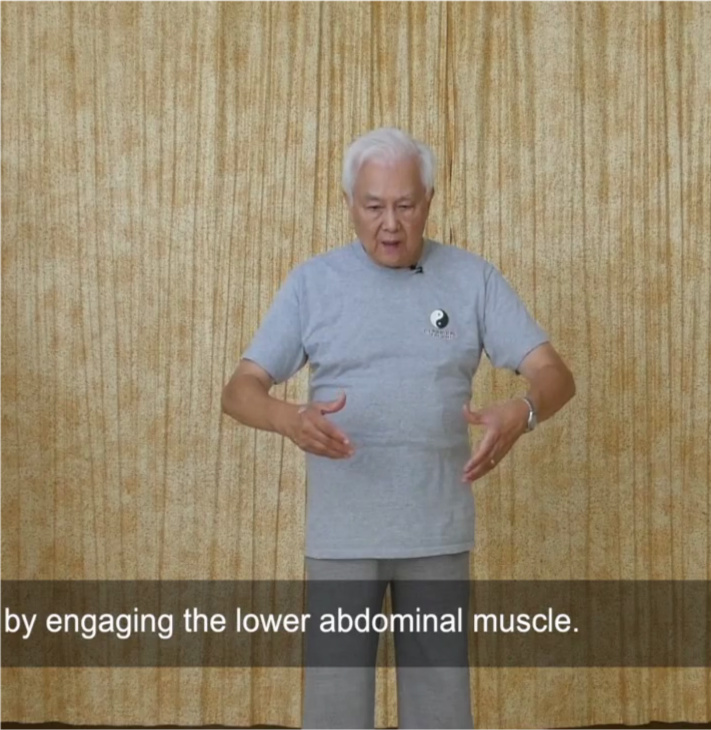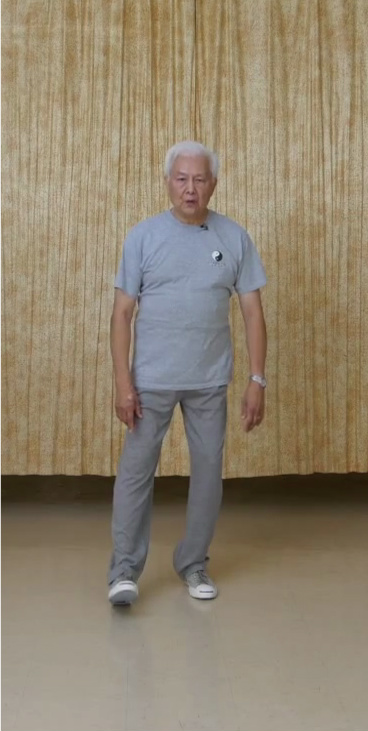Photo is of Stephen Hwa Ph.D. using "Neijin" to fend off 3 people
Regarding the "Wired" link and video, Tom Kostusiak said: "I came across this. As a physics nerd, I enjoy the explanation. I am curious of the other formulas."
Since Tom "tagged" Stephen Hwa and myself Jim Roach with the Facebook post I decided to pass it on. I contacted my teacher Tai Chi Master Stephen Hwa and asked him about the "formulas.
Stephen Hwa: "The writer correctly points out Bruce Lee used his body momentum with his punch to deliver the power. The writer calculates his body momentum force with his punching force. So, it is not strictly a Fajing move, if Fajing has to use internal force as I described in my Youtube video, Fajing 1 & 2.."
Dear Master Stephen Hwa
, thank you for the response and deciphering of the writer’s equations.
I keep having the thought however that the Physics Professor who wrote
the article may have at the very least a lack of
caution. How does one not physically see the use of momentum force in
these videos? My gosh, Lee’s body (foot) leaves the ground. “A flying
body can knock you down” comes to mind in regard to momentum force.
Calling momentum force “superhuman”? I guess those 12 year olds in my ancient Tae Kwon do class are now "Supermen". I guess the fascination with Bruce Lee will continue and even color the thinking of even the most educated. This brings to mind what I personally like about your teaching and that is its understanding can be attained at a High School level.












